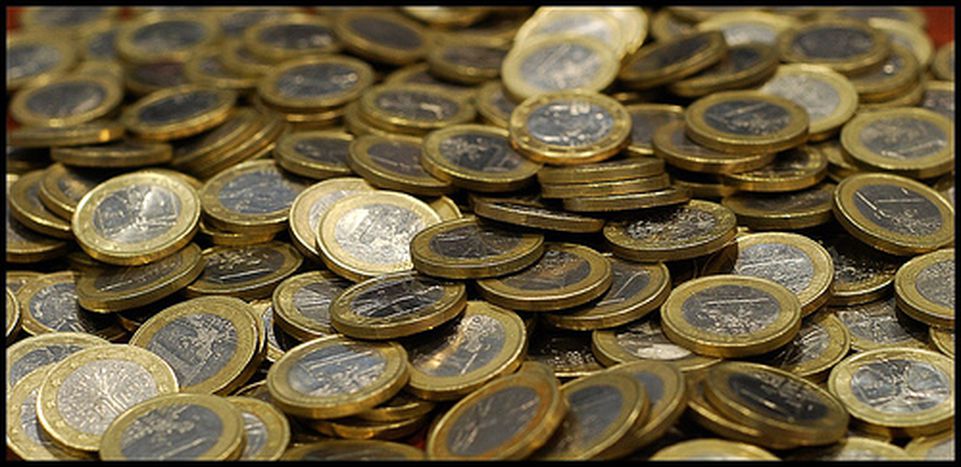
VAT: every European's tax
Published on
Translation by:
Matthew PagettThe rates vary from one country to another, but value-added tax is largely regulated by the European Union. It was first introduced in the 1950s, in France
In 1954, France was the first country to implement VAT. The idea came from Maurice Lauré, then director of the French tax authority. The 'value-added tax' is an indirect tax, paid by the final consumer in proportion to the price of the good or service, regardless of the number of intermediaries .
Ever since the Treaty of Rome was signed in 1957, fiscal arrangements were planned to allow for a policy harmonisation. The idea of building a single market had to mean avoiding fiscal competition between member states on consumer goods, because that would give rise to a trade imbalance.
Unanimous agreement with exceptions
Decisions concerning taxation, like VAT, always need a unanimous vote in the council of ministers. The current rules are as follows : each member state implements a standard VAT rate of at least 15% and two reduced rates of at least 5% until 2010 (on goods and services with a specific social or cultural interest).
Five countries have a special dispensation allowing them to implement a standard VAT rate of less than 15%: the Czech Republic, Malta, Poland, Cyprus and Slovenia. In practice, Denmark and Sweden apply the highest tax rate (25%); Luxembourg and Cyprus have the lowest (15%).
Reform in 2015
Recently, a reform was implemented concerning the allocation of VAT revenue in the case of a consumer purchasing services in another country (car rentals, electronic services and, in particular, telecommunications). The revenues will no longer come back to the country where the service provider is established but to the country of residence of the consumer.
In Spain, VAT makes up almost 25% of public tax revenues
In order to avoid penalising certain countries too heavily and quickly (in Spain, VAT makes up almost 25% of public tax revenues), the reform will not be implemented until 2015 and they will keep 30% of the revenues until 2017, and 15% through 2019.
VAT projects
In recent years, various European leaders have supported creating a green VAT for products whose production is harmful to the environment or that do not respect standards. This would above all affect imports from China or from other developing countries. Lowering VAT on green products (that respect the environment) was also proposed to encourage consumers to purchase them.
National issues
Discussions about VAT rates are often based upon purely national issues. France has been trying for years to obtain a rate of 5.5% for the hotel and restaurant business, an important sector in the country's economy. Yet this request always risks a veto from Germany, who just raised their restaurant business tax by 3 percentage points and fears discontent from the workers in that sector.
Chart of VAT rates in Europe:
Translated from TVA : l’impôt de tous les Européens



